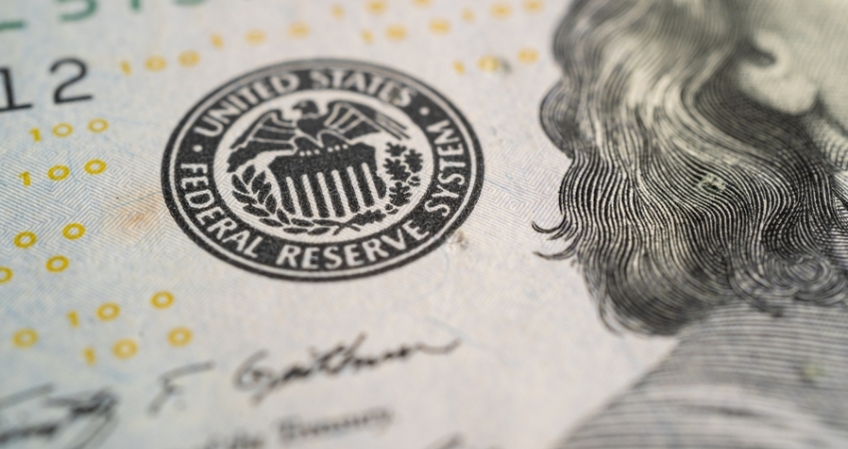US Inflation and PPI Data Analysis - March 2024
- February 2024 Producer Price Index: The US PPI surged by 0.6% in February, doubling the projections and marking the largest increase since September 2023. This rise, particularly led by a 4.4% increase in energy prices, signals stronger inflationary pressures at the wholesale level than anticipated.
- Market and Economic Outlook: US Treasury yields rose following the inflation reports, reflecting market concerns about the Federal Reserve’s future policy decisions. Retail sales showed a modest increase, suggesting a potential slowdown in consumer spending amidst the inflationary landscape.
February 2024 Sees PPI Spike Double Dow Jones Estimates
Recent economic reports have highlighted that inflationary pressures in the United States are persisting, with both consumer and wholesale prices showing increases that surpassed expectations. The Producer Price Index (PPI), a measure of pipeline costs for goods at various production stages, saw a significant jump of 0.6% in February 2024, which was double the estimate projected by Dow Jones. This increase is the largest since September 2023 on a year-over-year basis, indicating that inflation could be more entrenched than previously thought.
Energy Prices Fuel 1.2% Goods Surge, CPI Up 0.4% Monthly, 3.2% Annually
The rise in the PPI was primarily driven by a 1.2% surge in goods prices, marking the most substantial increase since August 2023. Energy prices saw a notable 4.4% jump, contributing significantly to the overall rise in goods prices. This data suggests that upstream inflationary pressures are building, which could eventually translate to higher costs for consumers.
On the consumer front, the Consumer Price Index (CPI) also increased by 0.4% over the month and 3.2% from the previous year. This uptick in consumer prices reflects the ongoing challenges in curbing inflation, despite the Fed’s aggressive interest rate hikes totaling 5.25 percentage points across 11 rate adjustments.
The market’s reaction to the inflation data was immediate, with US Treasury yields climbing as traders grew concerned about the potential impact on the Fed’s policy decisions. Investors are now closely monitoring the situation, especially before the Fed’s policy meeting, where updates on rates, economic growth, inflation, and unemployment are expected.
Retail Sales Lag Behind Forecasts as Inflation Expectations Rise
Interestingly, retail sales data showed a 0.6% increase, which was below the forecast, suggesting that consumer spending might be slowing down. This could be a sign that the public’s extensive shopping habits over the past few years are beginning to weaken. However, retail sales still posted a 1.5% gain on a year-over-year basis, which is lower than the CPI’s 3.2% increase, indicating that consumers are feeling the pinch of rising prices.
Inflation expectations have also shifted, with three- and five-year projections moving up to 2.7% and 2.9%, respectively. These figures are observed by policymakers, who have indicated that they are seeking further evidence of inflation moving towards the central bank’s 2% target range before adjusting monetary policy.
As the Federal Reserve’s next meeting approaches, the focus will be on whether the central bank will maintain its current stance or signal a shift in policy, especially considering futures pricing that suggests rate cuts could begin as early as June, with three quarter-percentage point decreases anticipated this year.

